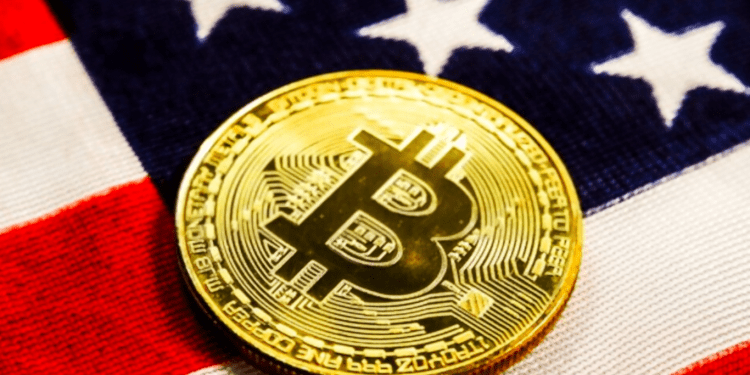It’s fair to say that the United States is one of the most crypto-friendly countries in the world. It ranks No. 1 in the quantity of Bitcoin and Ethereum nodes, and regulators have taken a particular interest in the subject. In September, the administration of President Joe Biden released a series of federal reports addressing how crypto might be regulated in the year ahead.
Eco Friendly
Ethereum, the most widely used blockchain, recently switched to the more eco-friendly proof-of-state (PoS) consensus algorithm through its Merge event. The upgrade improved the network’s sustainability and security and took steps toward increasing its scalability, and the network now offers an attractive yield on staking.
A September 2022 report from the Crypto Carbon Ratings Institute reveals that Ethereum’s move from proof-of-work to proof-of-stake has reduced the amount of electricity the Ethereum network consumes by over 99.988% and its carbon footprint by over 99.992%. This should help the U.S. achieve its climate goals, as described by the Office of Science and Technology: “a 50% to 52% reduction in GHG emissions by 2030, a carbon pollution-free electricity system by 2035, and a net-zero emissions economy no later than 2050.”
Enforcing regulations
In June 2022, the Department of Justice announced it had arrested three people in connection with the “first-ever cryptocurrency insider trading tipping scheme.” The alleged crimes involved a former product manager at Coinbase.
In September 2022, the department released its “The Role of Law Enforcement in Detecting, Investigating, and Prosecuting Criminal Activity Related to Digital Assets” report and established a nationwide Digital Asset Coordinator Network to further its “efforts to combat the growing threat posed by the illicit use of digital assets to the American public.”
Adopting Blockchain Technology
The Treasury Department’s Office for Financial Research released a working paper in July 2022 examining the implications of how a central bank digital currency (CBDC) might affect the stability of the broader banking system. It identified two ways a CBDC may enhance financial stability:
“First, banks do less maturity transformation when depositors have access to CBDC, reducing their exposure to depositor runs. Second, monitoring the flow of funds into CBDC allows policymakers to react more quickly to periods of stress, which lessens the incentive for depositors and other short-term creditors to withdraw assets.”
Meanwhile, the Treasury Department’s September 2022 report “The Future of Money and Payments” looked into stablecoins and a CBDC, noting there is a “natural use case” for a CBDC. The report considers the implications when it comes to “building the future of money and payments,” “supporting U.S. global financial leadership,” “advancing financial inclusion and equity,” and “minimizing risks.”
Conclusion
As the U.S. adopts and integrates all aspects of blockchain, the world may follow its example and do the same. As more people begin to use blockchain technology, we may begin to fully explore the full potential of blockchain as it is already set to revolutionize many things like finance and banking. Still, we are yet to see what blockchain is fully capable of.














